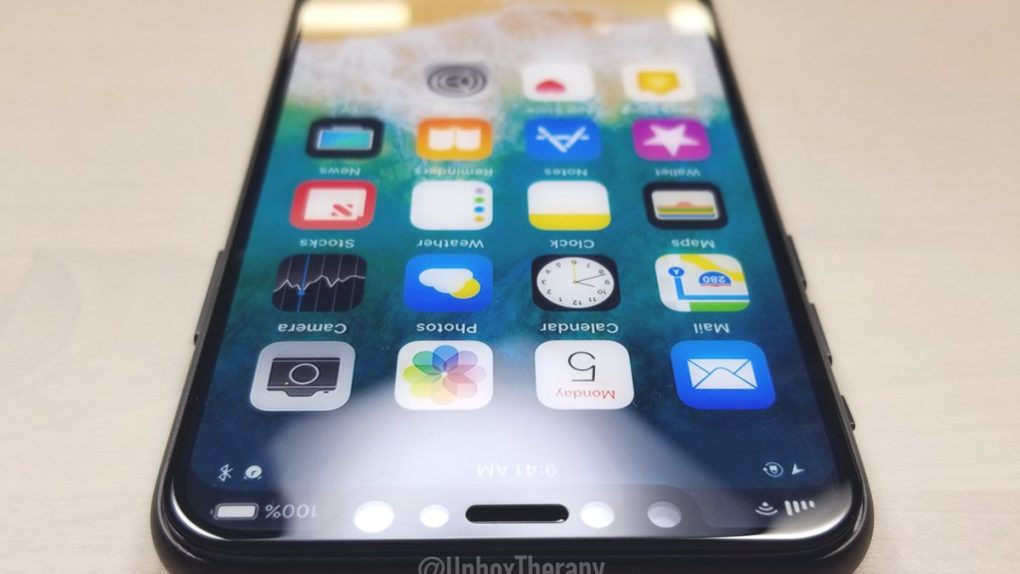About two weeks ago, Apple inadvertently posted online an uncensored version of its internal HomePod software, and developers had a field day with it since then. Hidden in the code there were plenty of iPhone 8 gems, and devs aren’t even done digging through it.
One of the most recent findings details one of the iPhone 8’s signature features, the face recognition system. From the looks of it, Apple’s “Face ID,” a marketing name that’s yet to be made official, will be able to pull off a few extra tricks compared with similar alternatives from the competition.
Developer Guilherme Rambo looked at “Pearl ID,” in the HomePod code, which happens to be Apple’s internal codename for the facial recognition system.
He discovered that Face ID can be used to support payments, something that’s not available on Samsung’s Galaxy S8 for example, which also has a facial recognition system in place, but one that can be easily hacked. But just because Apple’s Face ID is secure for mobile payments doesn’t mean Apple Pay will work without the full backing of the financial institutions involved in Apple Pay.
About Pearl ID:
1 – The software definitely supports it for payments2 – 3rd party apps can use it3 – You can add multiple faces pic.twitter.com/aUotHwD64f
— Guilherme Rambo (@_inside) August 9, 2017
The code also reveals that third-party apps will have access to facial recognition, which makes sense considering that Touch ID, the fingerprint sensor in current iPhones, iPads, and Macs, can be used by third-apps too.
Rambo also discovered evidence that indicates one other interesting feature, the feature supports multiple faces.
The most interesting discovery, however, seems to suggest that Apple wants to give people the option of using multiple biometric systems for extra security. The “multi biometric” phrase seems to indicate that Apple has been preparing for an iPhone that could offer both a facial recognition system and a fingerprint sensor. It’s not like there are other biometrics that can be measured to confirm one’s identity. However, just because the code hints a Touch ID sensor may be found somewhere on the iPhone 8 doesn’t mean the phone will actually have one.








